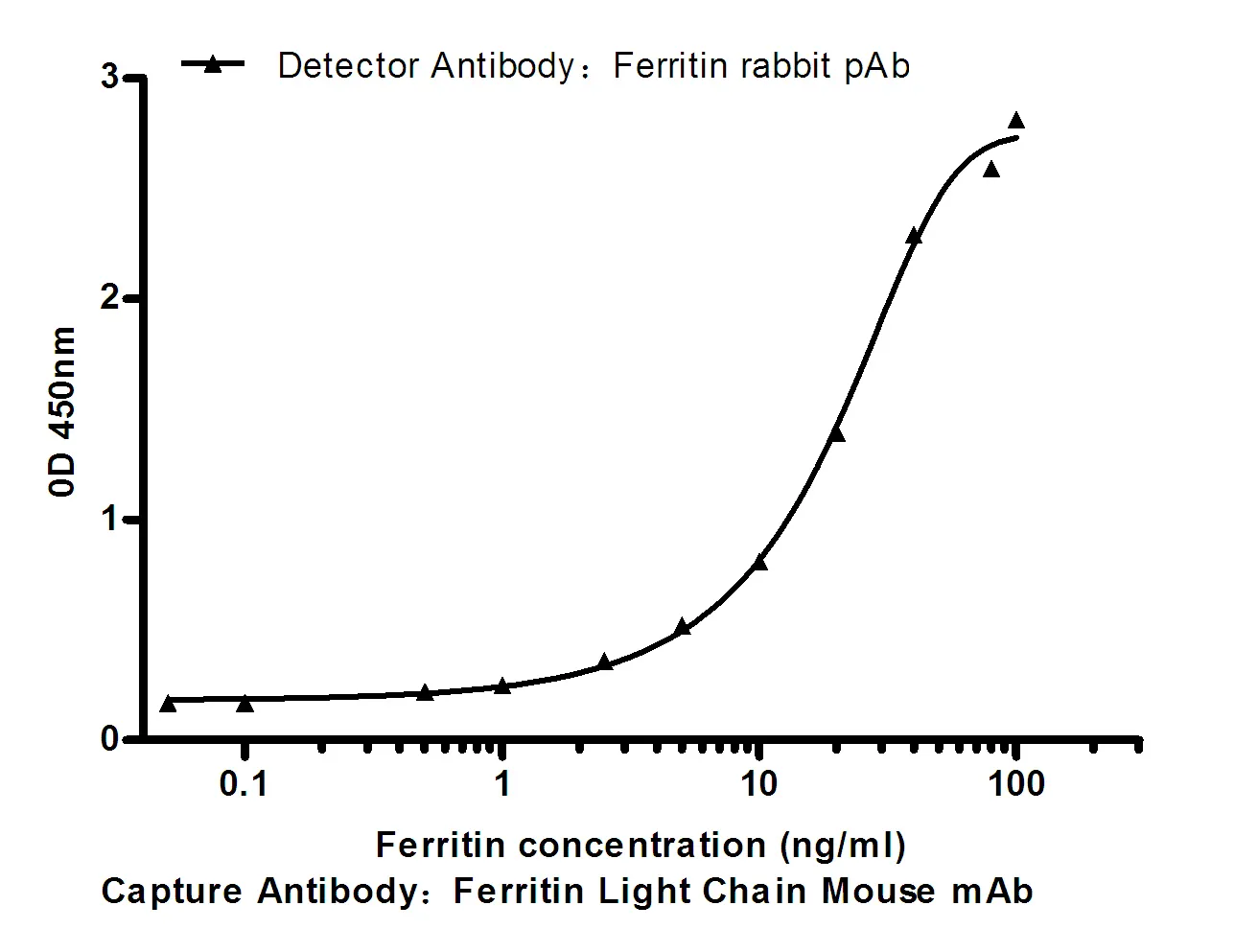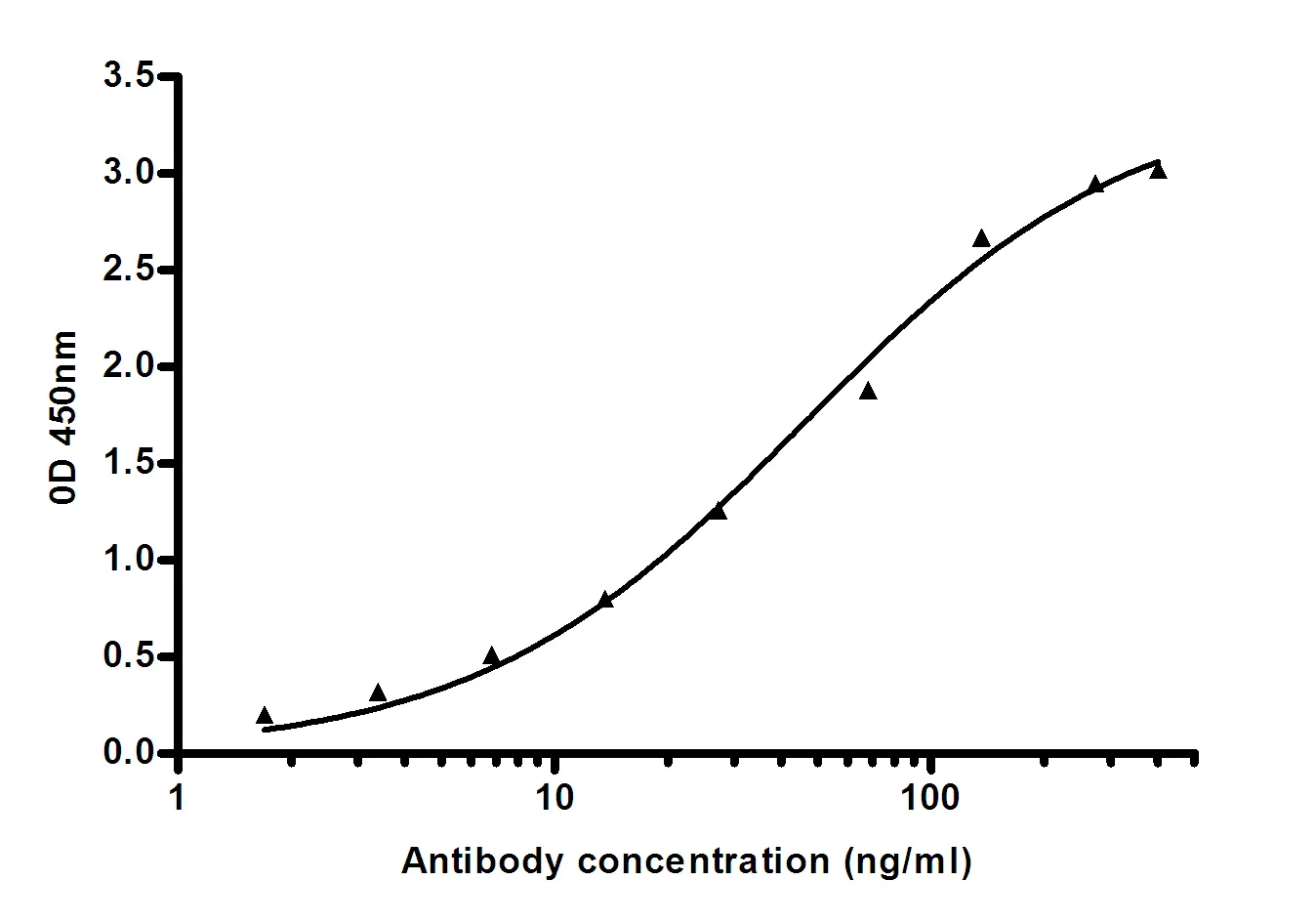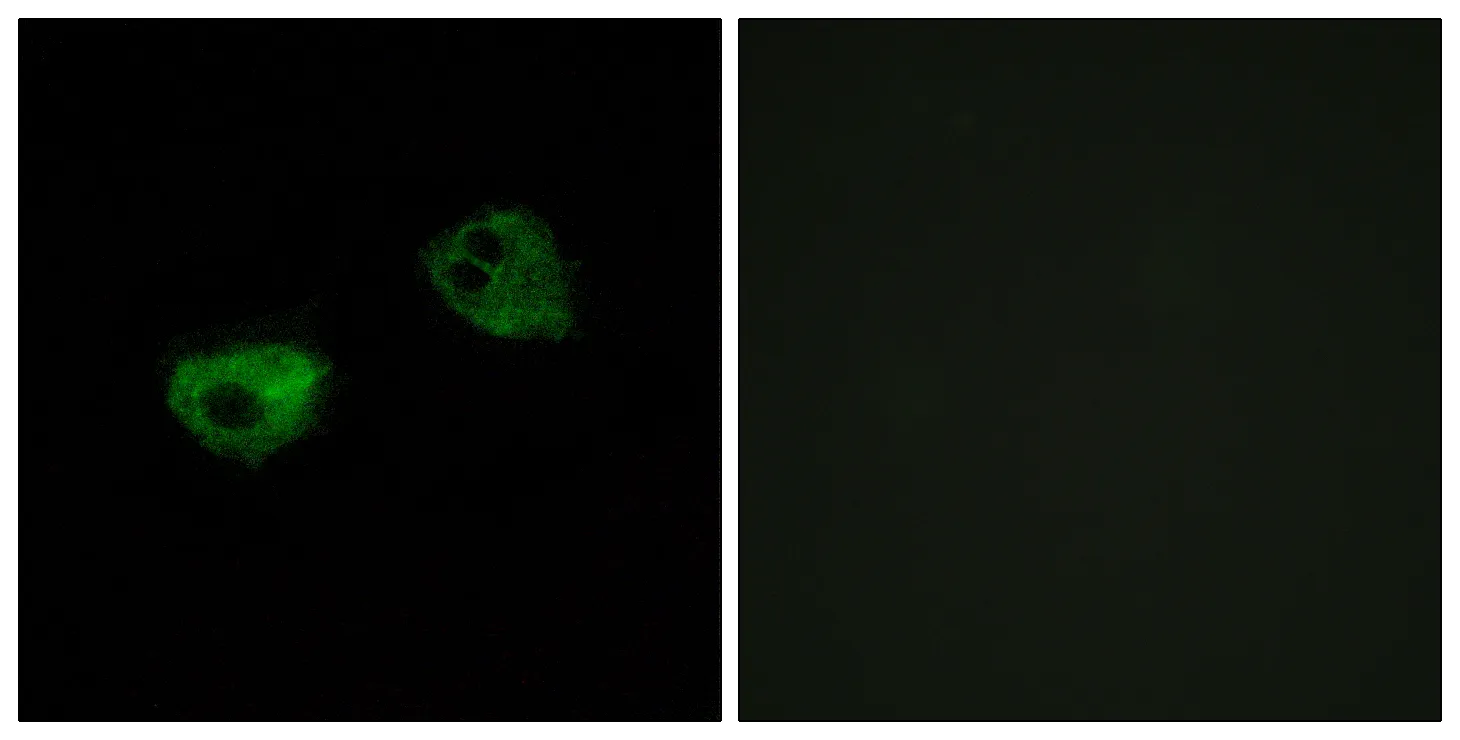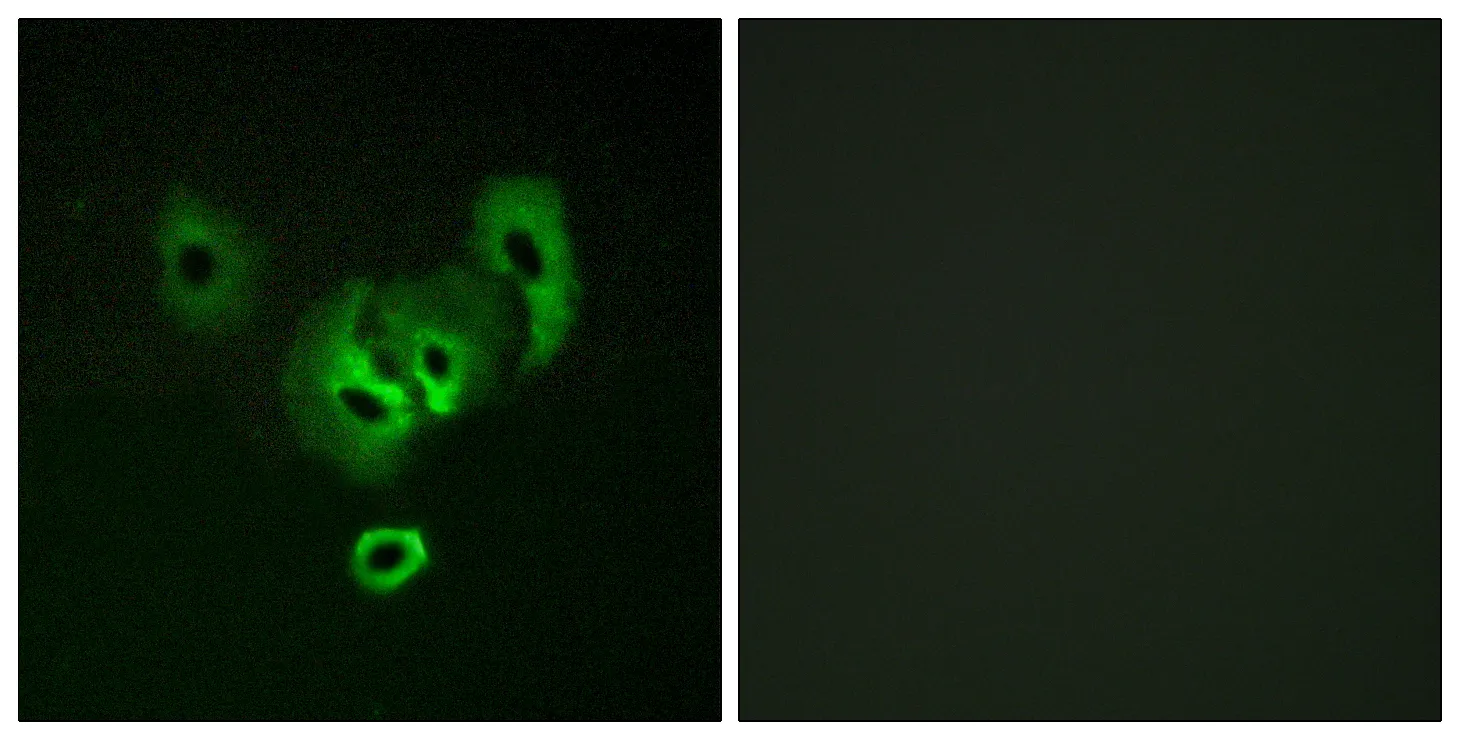Summary
Performance
Immunogen
Application
Background
Structural maintenance of chromosomes 1 (SMC1) protein is a chromosomal protein member of the cohesin complex that enables sister chromatid cohesion and plays a role in DNA repair . ATM/NBS1-dependent phosphorylation of SMC1 occurs at Ser957 and Ser966 in response to ionizing radiation (IR) as part of the intra-S-phase DNA damage checkpoint. SMC1 phosphorylation is ATM-independent in cells subjected to other forms of DNA damage, including UV light and hydroxyurea treatment.
Research Area
Cell Biology




